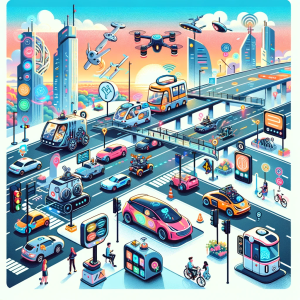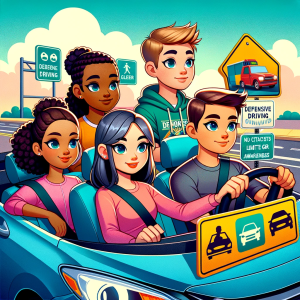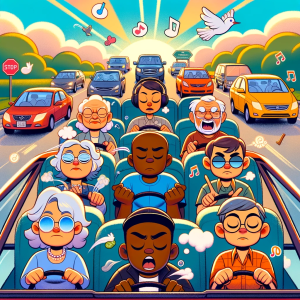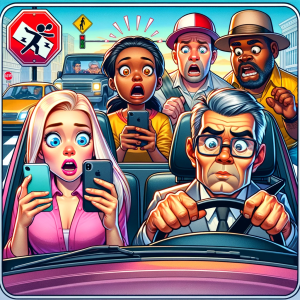Distraction Disaster: The Dangers of Texting and Driving
In today’s fast-paced world, staying connected is often seen as a necessity. However, when it comes to driving, this constant connectivity can lead to dangerous consequences. Texting while driving is one of the most alarming forms of distracted driving, posing a significant threat to road safety. Let’s explore why texting behind the wheel is a disaster waiting to happen and what we can do to avoid it.
1. Impacts Reaction Time
Texting while driving isn’t just a minor distraction; it significantly impairs your reaction time. According to research, texting drivers take their eyes off the road for an average of 4.6 seconds. At 55 mph, that’s like driving the length of an entire football field blindfolded.
2. Increases Crash Risk
The risk of a crash is exponentially higher when a driver is texting. Studies have shown that texting while driving increases the likelihood of a crash by 23 times compared to driving undistracted.
3. Legal Consequences
Most states have laws against texting and driving, and getting caught can lead to hefty fines, points on your license, and in severe cases, criminal charges. The legal consequences are a testament to the severity of this issue.
4. It’s Not Just Texting
Distracted driving isn’t limited to texting. Using apps, browsing social media, or even changing songs on your music player can take your attention off the road. Any form of distraction is dangerous when you’re driving.
5. Preventing Texting and Driving
The good news is, texting and driving is entirely preventable. Here are some strategies to keep yourself safe:
- Use Do Not Disturb: Most smartphones have a ‘Do Not Disturb While Driving’ feature that can help minimize distractions.
- Keep Your Phone Out of Reach: Put your phone in the glove compartment or backseat to avoid the temptation.
- Educate Young Drivers: Teens are particularly susceptible to texting and driving. It’s crucial to educate them about the dangers.
- Lead by Example: Set a good example for others, especially if you’re a parent, by never texting and driving.
6. Creating a Culture of Safety
Ultimately, combating texting and driving requires a cultural shift. It’s about creating an environment where distracted driving is universally frowned upon and safe driving is valued.
Conclusion
Texting and driving is a dangerous practice that puts not only the driver but also passengers, other motorists, and pedestrians at risk. By understanding the dangers and taking proactive steps to avoid distractions, we can all contribute to safer roads. Remember, when you’re behind the wheel, your only focus should be on driving.





